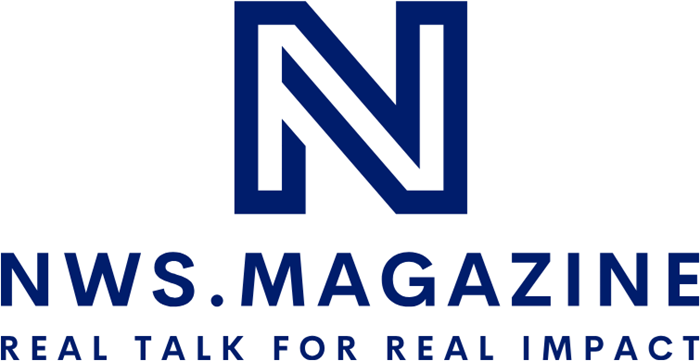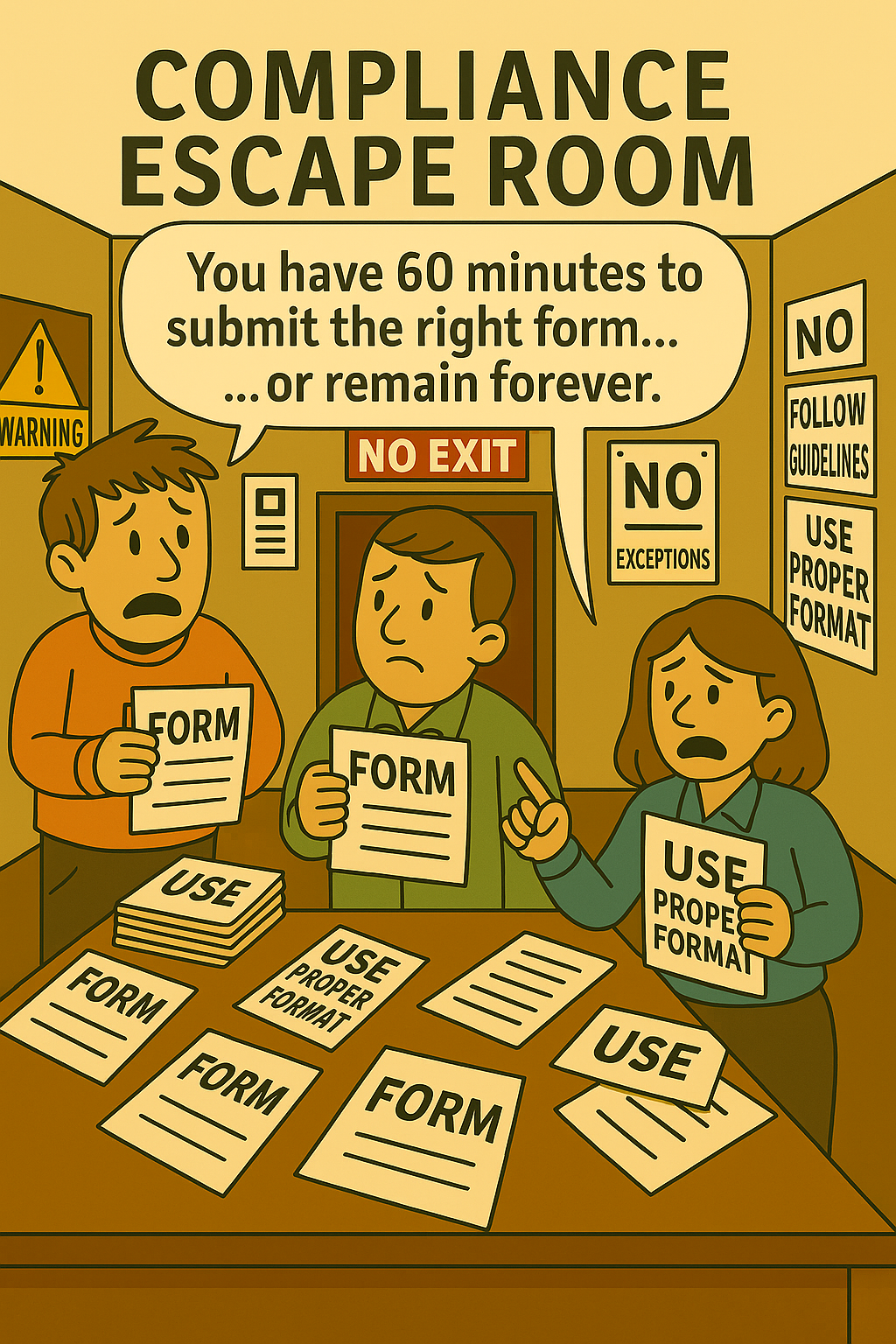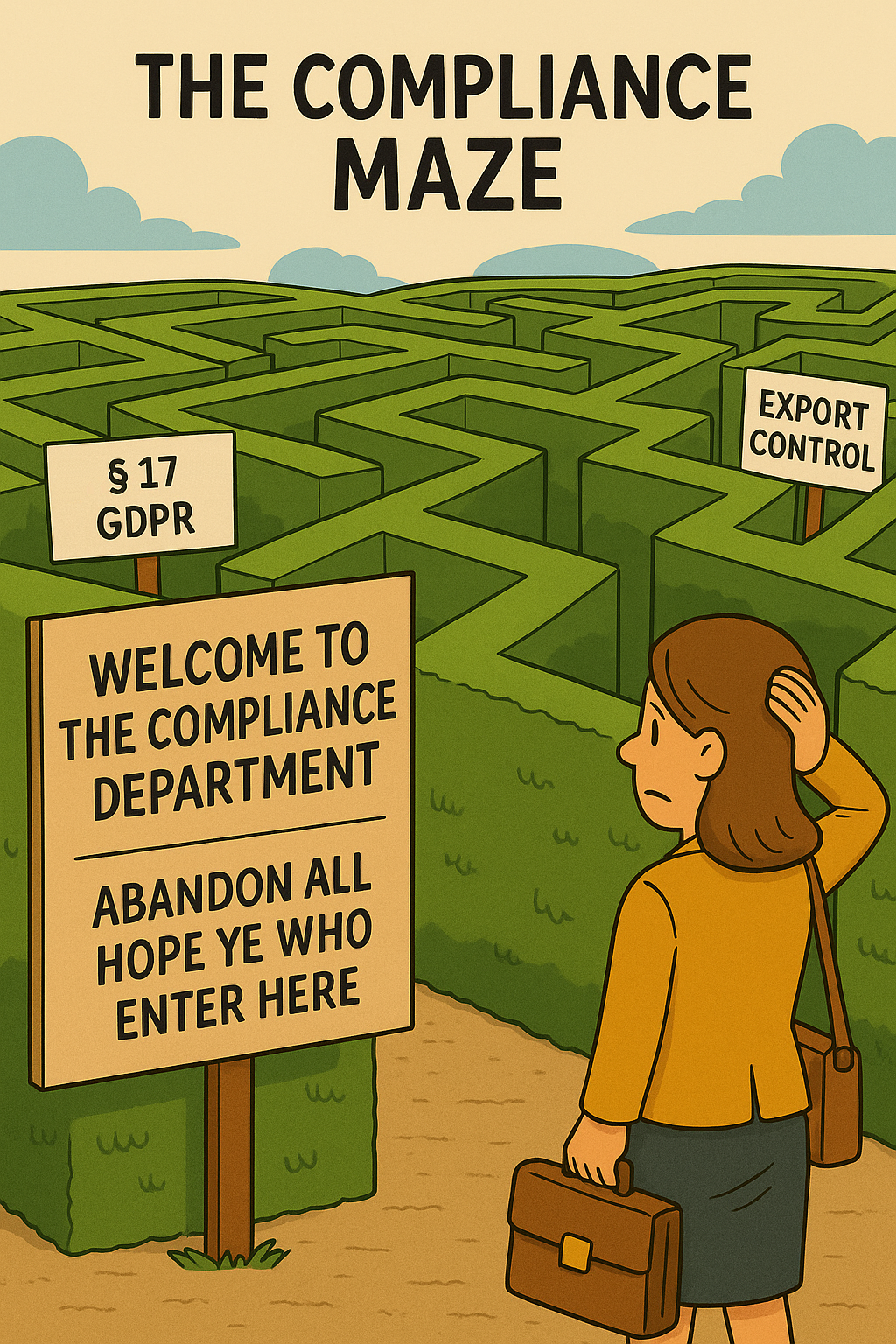What if following the rules cost you more than breaking them?
Compliance is essential to protect organizations from risk — but over-compliance can quietly drain resources, slow decisions, and suffocate innovation. When rules are applied without context, they stop being a safeguard and start becoming a burden. The real challenge? Striking a balance between necessary control and a healthy, adaptable culture.
Compliance Culture vs. Organizational Culture
A compliance culture prioritizes strict adherence to rules, often through processes, documentation, and monitoring. An ethical culture focuses on values, judgment, and doing the right thing even when the rulebook is silent. As Lynn Paine argued in the Harvard Business Review, the most resilient organizations align compliance with integrity — not bureaucracy.
The “Chilling Effect” of Over-Compliance
In highly regulated sectors, over-compliance can create a chilling effect: teams become risk-averse, avoid experimentation, and spend more time proving compliance than creating value. Research by Amy Edmondson on psychological safety shows that innovation thrives where people feel safe to speak up and take calculated risks — something over-regulation can easily erode.
- Staff delaying decisions until every possible form is signed off
- Leaders rejecting creative proposals because they don’t fit existing policy templates
- Talent attrition due to a stifling, low-trust environment
Finding the Balance: Rules-Based vs. Values-Based Compliance
Over-compliance is often the result of a rules-based approach — interpreting governance as a checklist to be followed at all costs. A values-based approach, as described by Muel Kaptein’s Corporate Ethical Virtues model, empowers employees to make sound judgments within clear boundaries, reducing both legal risk and cultural damage.
- Define the “why” behind each policy, not just the “what”
- Train leaders in ethical leadership and decision-making under uncertainty
- Create feedback loops to review the impact of compliance processes
The Hidden Costs of Over-Compliance
- Operational drag: Projects slowed by excessive approvals and redundant checks
- Lost opportunities: Market chances missed due to delayed action
- Lower engagement: Employees disengage when trust is replaced by micromanagement
“Compliance should guide, not glare. When control replaces culture, organizations pay the price in innovation, morale, and momentum.”
Real World Example – When Security Policies Undermine the Mission
At a German federal agency, incoming emails with file attachments such as Word or PowerPoint were automatically quarantined by default, even when not containing any program code (macros) and sent from trusted international partners.
The intention was to protect internal systems from malware and phishing attacks.
The result, however, was that essential documents for an upcoming international delegation trip could not be accessed in time.
The IT staff responsible for manually releasing quarantined emails were attending a training session, and no fallback mechanism was in place.
As a result, important briefing materials remained unavailable and could not be reviewed or printed prior to departure.
The delegation left without complete documentation.
A point of contention arose, the working atmosphere suffered, and external credibility was weakened — not due to external threats, but as a consequence of the organization’s own internal processes.
Instead of reducing risk, the compliance system created one — turning protection into paralysis.
Toward Smarter Compliance
To avoid the cost of over-compliance, organizations should:
- Keep rules clear, purposeful, and proportionate
- Ensure compliance processes are regularly audited for relevance
- Involve both legal and operational teams in policy design
- Measure the cultural impact of compliance — not just adherence rates
Conclusion
Compliance is a compass — not a cage.
Over-compliance may feel safe in the short term, but its long-term cost is agility, trust, and the ability to compete. The most successful organizations protect both their legal standing and their cultural health, ensuring that rules serve the mission — not the other way around.
Is your compliance culture keeping you safe — or quietly slowing you down?






